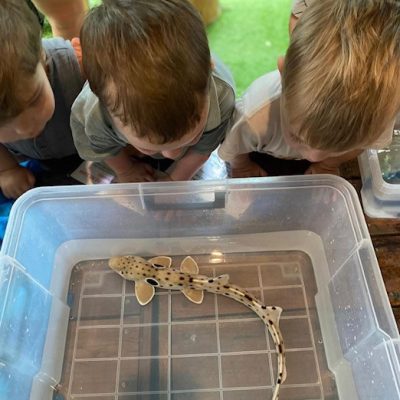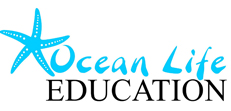

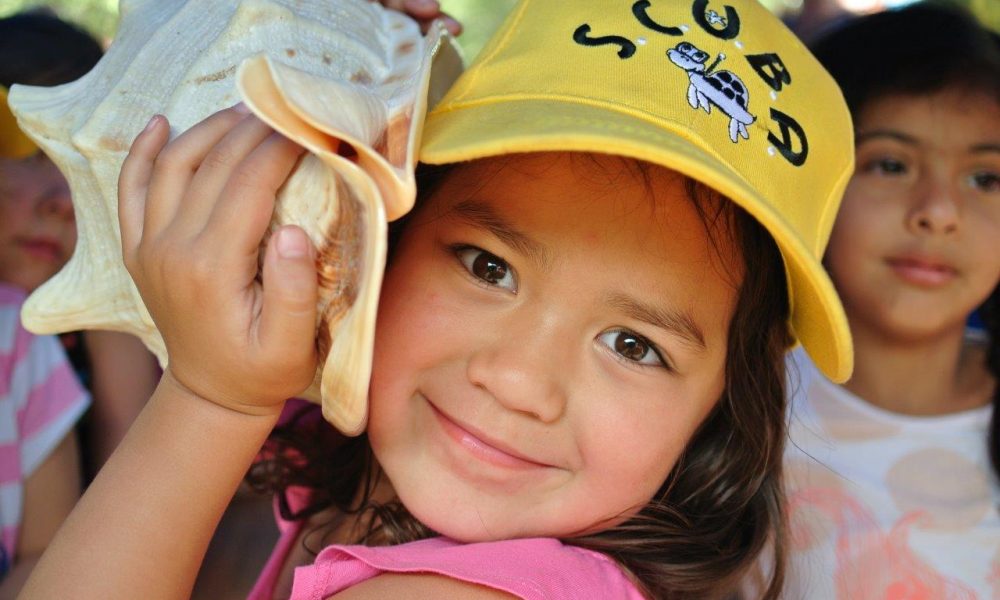
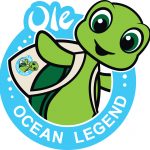 Our Early Learning Programs: Ocean Life Discovery Program and Shark Discovery Program, are interactive touch and learn session introducing children to a range of interesting marine creatures, including our sharks, and inspiring them to want to learn more about the ocean and take responsibility for marine ecosystems for a lifetime.
Our Early Learning Programs: Ocean Life Discovery Program and Shark Discovery Program, are interactive touch and learn session introducing children to a range of interesting marine creatures, including our sharks, and inspiring them to want to learn more about the ocean and take responsibility for marine ecosystems for a lifetime.
Enthusiastic qualified marine educators arrive with fascinating live marine animals, artefacts, games and activities; blending ‘hands on’ interaction with a touch of science and a lot of humour, to make learning about the ocean fun!
Children meet our: Baby Bamboo Shark, Fresh Water Turtle, Blue Linckia Seastars, Thorny Seastars, Tropical Sea Cucumber, Black Sea Cucumber, Sea Urchins
Fascinating artefacts, shark jaws & teeth, odd and interesting shells, replica sea creatures, reference guides
Early Learning Programs usually include a 20-30 minute show for toddlers and a 40 minute show for ages 3 – 5 years. Multiple programs for large centres and Kindy programs are also available. Programs can be tailored to suit requirement. See program details below.
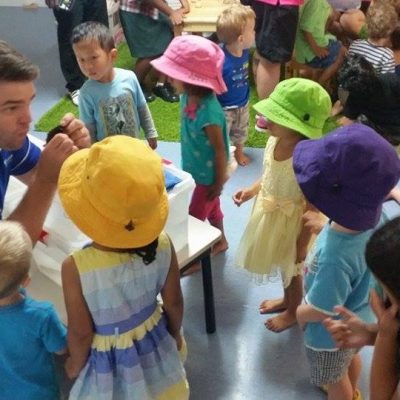
This interactive touch and learn session introduces children to fascinating creatures from the ocean. Children carefully touch our marine creatures, shark jaws and other amazing artefacts. Our lively educators will ensure children are thoroughly entertained and inspired.
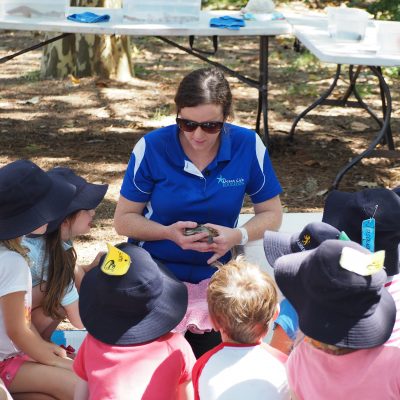
This program, aimed at older children, covers the above areas of discovery but offers a greater depth of information. Children carefully touch our marine creatures and amazing artefacts such as shark jaws and teeth.
